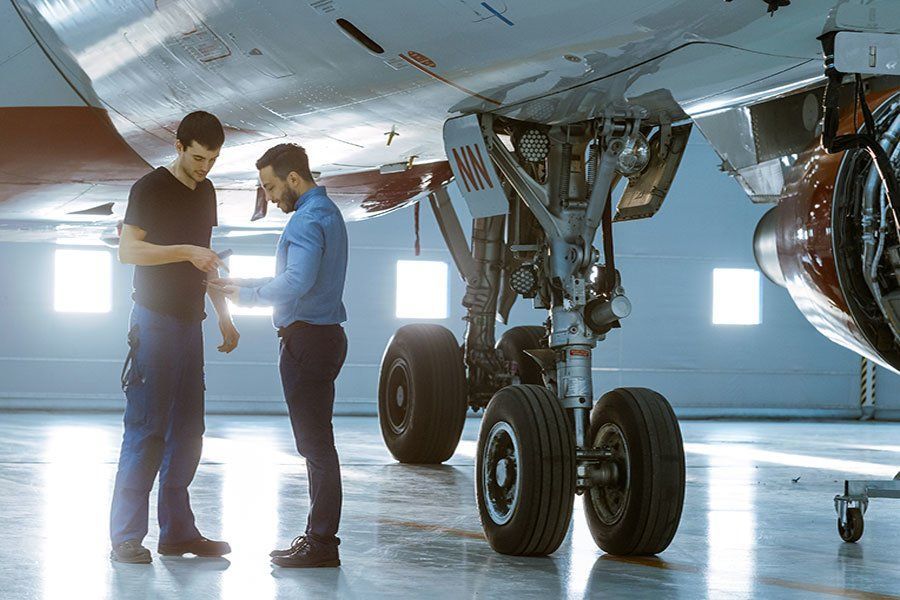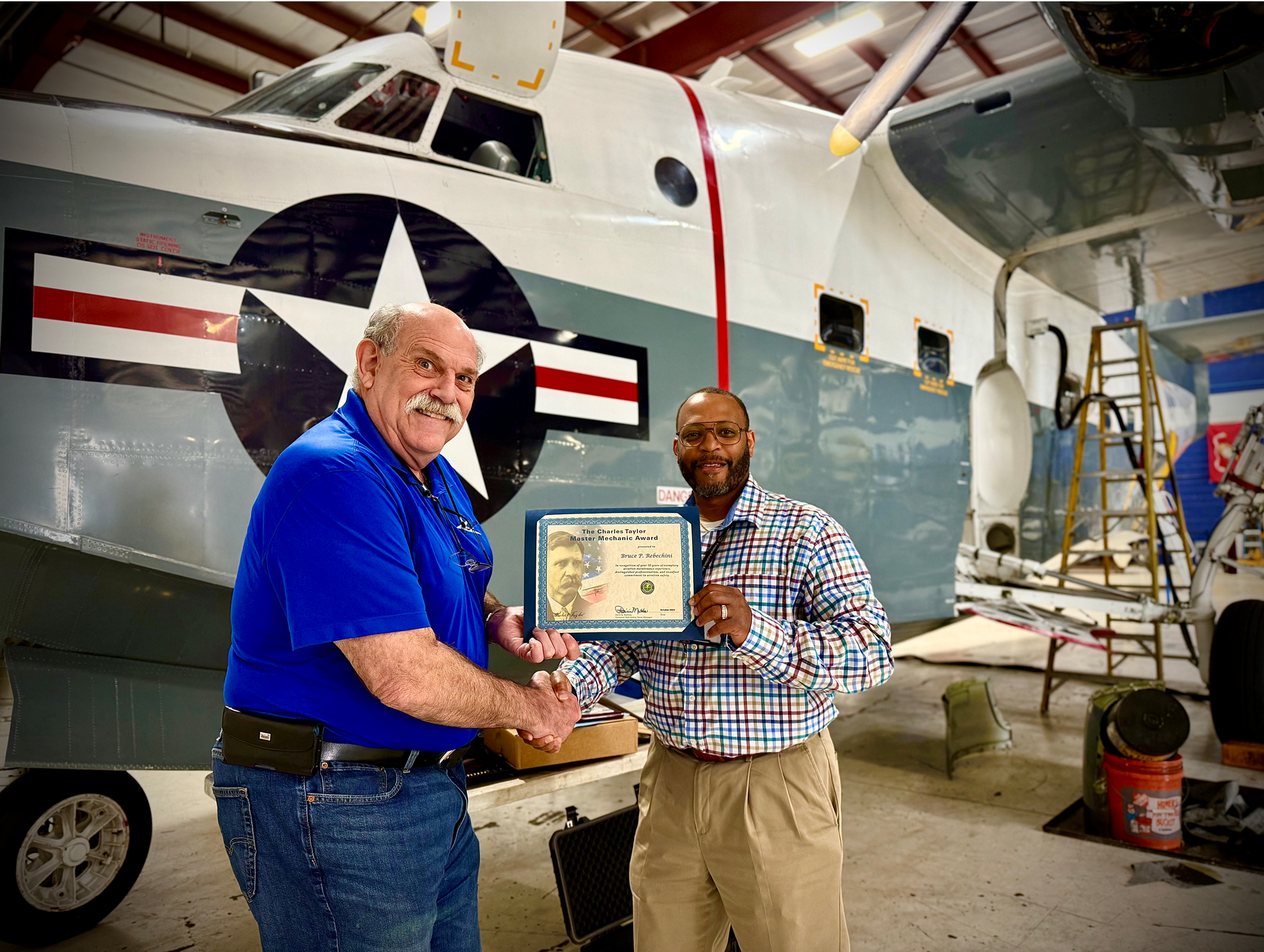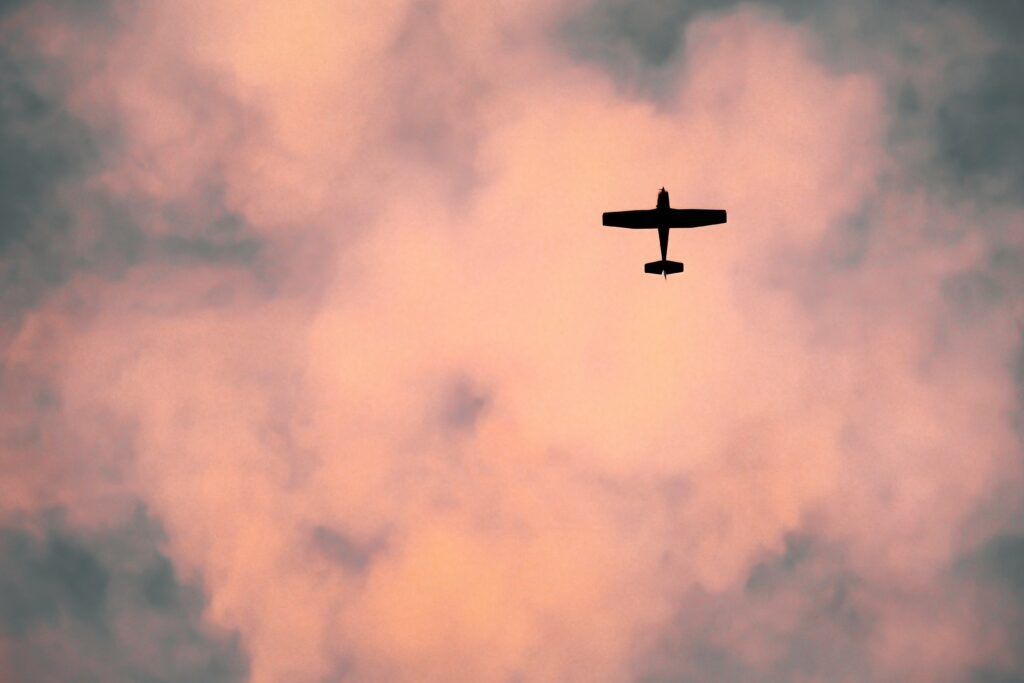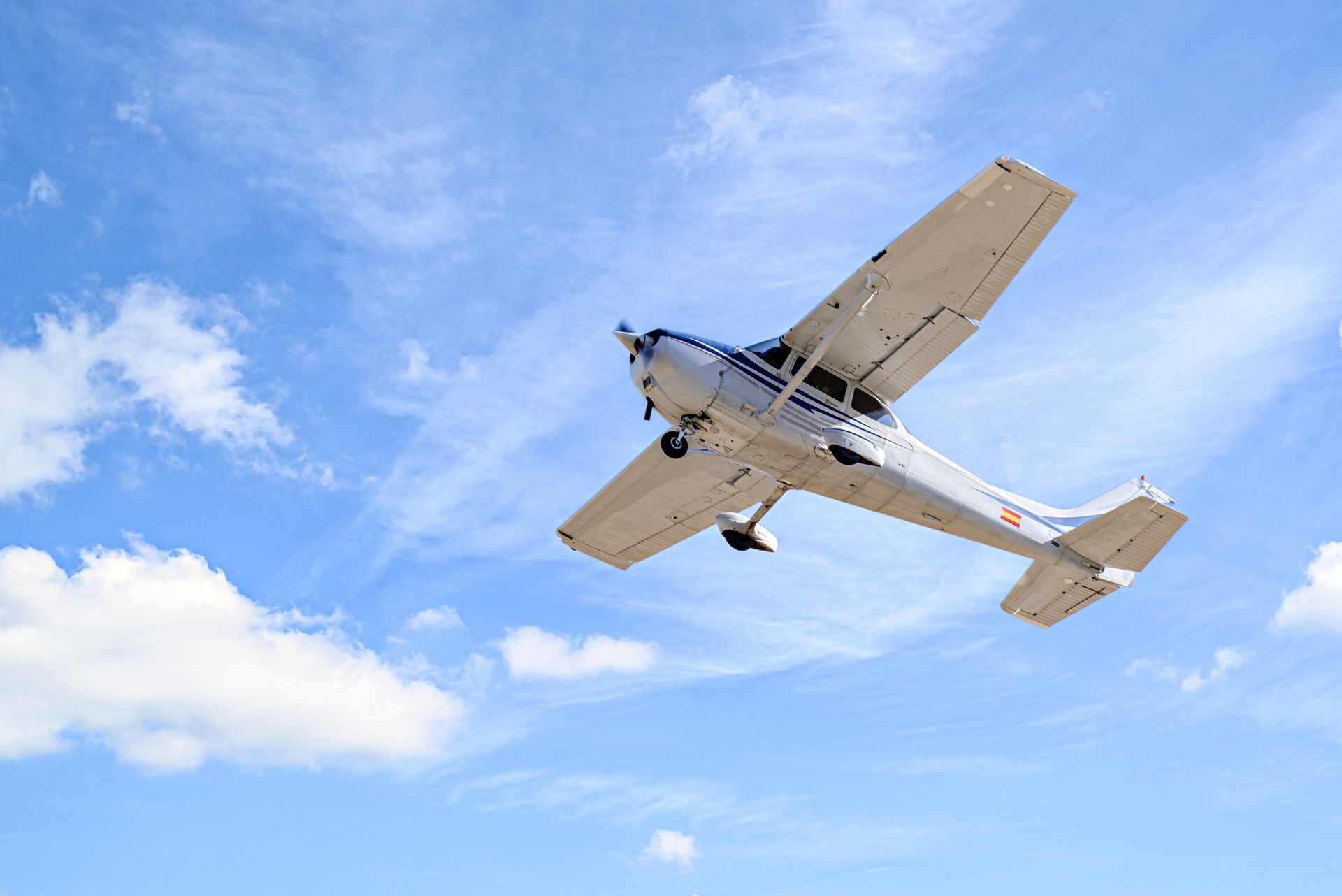Share this Article:

All the snow has melted, birds are chirping, and the sun is shining. For weeks you’ve been anticipating winter to be over so you can get your plane out, clean it up, and head back into the skies. But before you start cruising, don’t forget the most important first step: inspecting your aircraft for maintenance essentials. After sitting in the hangar for months, your plane will likely need a thorough check through before safely getting in the air. In the content below, we discuss the spring aircraft inspection checklist essentials that you should go over this season.
Jump to Checklist Item
Annual Aircraft Inspection Checklist
Since it’s spring, you’re probably looking to perform an annual check on your plane before getting its wheels up again. You probably know the basics of an aircraft maintenance check, but a refresher is always beneficial to ensure safety.
Cleaning
A simple wash will not only make your aircraft look nice but will clear out any dirt or debris that could clog up the functionality of the wings and tail. Use an aircraft-friendly cleanser so that the washing does not lead to any corrosion. Ideally, follow up with wax for added shine and protection from the elements.
Aircraft Registration
Just like a vehicle, make sure the aircraft registration is up to date. Look through the maintenance records to see what was performed recently or if anything has been postponed. The records should detail a description of the work performed, the date, the certificate number and type of the mechanic, as well as the mechanic’s signature. This is especially essential regarding airworthiness directives (AD). These are set by the Federal Aviation Administration (FAA) and render the plane as not worthy for air until fixed or replaced.
Aircraft Basics
Checking the oil and fuel are simple first steps. You wouldn’t drive your car without gas or old oil, so don’t try to fly your plane that way. Inspect the fuel and oil quality, making sure that there are no contaminants and that the fuel and oil tubes are intact.
Make sure the brakes are working correctly and do a proper walk around to inspect the aircraft for broken parts, damage, or wear and tear that could cause issues in the air. Look for any signs of corrosion as this causes many safety risks. Ensure that any nuts and bolts are securely fastened and free from rust.
Safety
A fire extinguisher (unexpired) and a first aid kit are necessary to keep inside the airplane in case an emergency or injury happens.
Flight Controls and Electrical Functions
Electrical functions are imperative to a successful flight. Check out the magnetos and generator. Are they working properly? Go through all the flight controls to ensure that everything is functioning well and that there are no errors that pop up. The batteries might need to be replaced, so examine those as well as the mounting apparatus and leads. Make sure the radio, antenna, wiring, circuit breakers, and circuits are functioning safely.
Aircraft Maintenance Preflight Checklist
The FAA requires commercial pilots to perform a preflight check before each trip. This allows them to catch any maintenance issues or discrepancies and report them to maintenance. The issues will either be fixed immediately or later; in which case a new plane will then be needed for the current flight. The same goes for small plane pilots.
Exterior
Check for corrosion, dents, damage, dirt, and ice. Make sure nothing is loose or damaged.
Wings and Flaps
Check for any cracks, dents, or bends in both the wings and the flaps. Make sure that the ailerons, actuators, and flaps are working and properly lubricated. If your aircraft stores fuel in its wings, check for any leaks. Finally, the position lights on the tips of the wings should be in working order.
Engine
A properly functioning engine is vital. Check for any leaks, and make sure the engine is clean and dry. Make sure there is no corrosion or worn gaskets in the induction/exhaust systems.
Landing Gear
Check to see whether the tires have any wear or damage. If the tires are worn out or damaged, they should be replaced.
The landing gear wheel bearings should be checked for damage or cracks. Make sure that the landing lights have working bulbs.
Tail
The tail (or “empennage”) helps steer and steady the aircraft. Make sure the rudder and elevator are lubricated, undamaged, and working properly. The horizontal and vertical stabilizers should also be checked for any damage.
Propeller
If your aircraft includes one or more propellers, make sure they are working properly and are undamaged.
Cabin and Cockpit
Here’s where detail becomes even more important. Check the fuel and oil pressure, radio settings and transponder code, the health of the navigation instruments, operations of flight controls, database currency, and flight plan entry. Also, check the seats and safety belts for signs of wear or damage. Ensure that the safety belts are able to clasp and unclasp. The heat and air conditioning should be working properly to maintain the cabin at an appropriate temperature.
Hydraulic System
If your aircraft has a hydraulic system, make sure that its hydraulic reservoirs have the recommended amount of fluids in them. Also, ensure that the hydraulic connections and hose connections are properly secured.
Doors and Windows
The doors and windows of the aircraft should be intact, clear, and properly secured.
Preventative Maintenance
This includes basic operations or small repairs. It’s like checking your vehicle for holes in tires, adding windshield wiper fluid, or replacing a worn-out band; except for an aircraft, more detail is required, and a certain certificate is required. Once this certificate is obtained, a pilot can repair landing gear tires, service wheel bearings and shock struts, replace defective safety wires or cotter keys, replenish hydraulic fluid, replace safety belts, bulbs, reflectors, lenses, or spark plugs.
Annual Inspection Requirement
The FAA requires every aircraft to undergo an annual inspection performed by a licensed mechanic with an inspection authorization (“IA”). Of course, you can perform informal inspections of your aircraft at any time but be sure to obtain an official aircraft inspection by a licensed mechanic every year in order to meet the FAA requirement.
100-hour Inspection Requirement
This inspection is required for any plane that carries any person (other than a crew member) for hire or for aircraft that are provided for giving flight instruction for hire. The inspection must be performed for every 100 hours of service. (If an aircraft has exceeded 100 hours since the last inspection and must be transferred to a maintenance facility in order to receive the inspection, there is a ten-hour grace period to legally transfer the aircraft; however, the transfer time will count towards the next 100 hours.)
The person performing the inspection will check the fuselage and hull group for fabric and skin deterioration, defects in the system and components, and the condition of the gasbags. They will search for any loose equipment, damage, or deterioration of the windows and windshields, defects in the seats and safety belts, and problems with the operation of the instruments and flight controls. They will also test batteries to ensure proper installation and charge.
The landing gear will be inspected carefully to check for improper fluid levels, excessive wear, improper operation, cracks in the wheels, improper adjustment in the breaks, and defects of the floats and skis.
The propeller will be checked for cracks, leaks, improper torquing of bolts, and issues with the control mechanisms.
Finally, the radio group will be examined for any improper installation or mounting of equipment, improper routing, or poor condition of the antenna, shielding, or wiring and conduits.
Contact J.A. Air Center for Aircraft Maintenance and Inspections
At J.A. Air , we strive to be your aircraft maintenance experts, as we are a classified FAA class IV Part 145 Repair Station! As you gave your plane a thorough inspection, did you find issues that need attention? Are there parts of your aircraft maintenance checklist that you might have forgotten to look over? Bring your aircraft to us, and we’ll perform an in-depth inspection and repair any issues you or we have found. We have an extensive range of parts on hand, and our shop allows your aircraft to be serviced with limited downtime. Our trained team of licensed mechanics can perform annual inspections , 100-hour inspections, and anything in between.
We also sell parts, supplies, and even planes! Don’t hesitate to contact us for any of your maintenance needs, questions, or if you are looking to have a new avionics system installed. Our team is knowledgeable, licensed, and factory trained. We’re excited to work with you and get your plane ready to fly the skies in no time!




